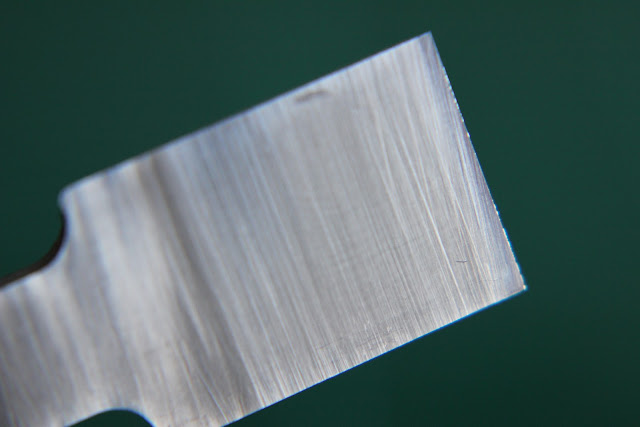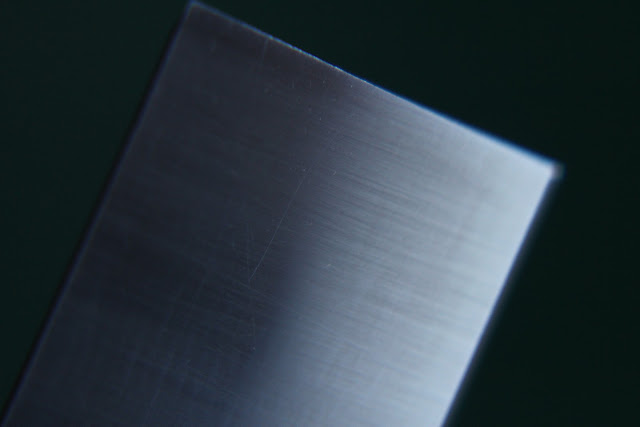Back in 2010 I visited the Cressing Temple woodwork show which was, in many ways, excellent. There was a significant Japanese element on both stands and tool sales supported by a live demonstration by a "genuine" Japanese woodworker of apparent renown.
Having stood in the crowd for some time watching the object of veneration I was struck by the significant absence of activity. There was much posturing and preparation, gesticulation and posing, but not a lot a sawdust or shaving produced. A significant requirement appeared to be fully toed woolly socks but I failed to spot any prehensile gripping or manipulation taking place. At the end of the day I went back and confirmed that nothing had apparently been made.
Whilst I do have a few Japanese tools, and use them where appropriate, I think the surrounding hype grossly over-plays their qualities. In particular, since Japanese woodwork is usually in softwood they are not always suited to European timbers and illustrate this by cracking up on the edge. I have also had 4 laminated paring chisels bend into bananas after several years of use and teeth break off saws.
Supporters speak in hushed tones about asiatic meisters, crouching in darkened workshops, in heaps of charcoal and straw, beating out sabre like blades. They use ancient knowledge which is, of course, a closely guarded secret, to be handed to each generation only from the deathbed of the former.
Personally I suspect there is more of a commercial element in exploiting this marketing hype, which is not always sustained by the performance of the tools in use. It is difficult to find planes and chisels which outperform the recent offerings from USA and Canada, not to mention our own, more traditional survivors when used in European conditions. The price levels of Japanese tools tend to support this and are completely unjustified in real terms. Some of the sellers both here and in wider Europe have driven this cult to fever pitch and no doubt profited handsomely from the result.
What really annoys me is the false fervour which is encouraged amongst the believers and leads the less experienced into an expensive and often disappointing experience.
I was reminded of this at yesterday's gathering in Lincolnshire and dug out the original skit clip I made a the time for the benefit of those who may have missed it first time around.
It is shown in the original sideways format to illustrate the ridiculousness of the situation and also because I have not been able to find any software to turn it around :-)


































































